
Transactional Email for Business
Send transactional emails with confidence.
Partner with MailSafi for time savings, scalability and email delivery expertise.
Transactional email is an automated method of communication usually triggered after a specific action has been performed by the user through, for example, interacting with a company platform such as an application or website.
A transactional email is personalized and sent to facilitate a transaction or provide a product or service, often requested by the customer. Examples include password resets, order notifications, new account opening, service subscription, invoices, statements, purchase receipts and shipping notifications. For this reason, companies do not need consent to send transactional emails.
Transactional emails allow for instantaneous connection with the customer to communicate valuable information at key moments of the customer experience. A great customer experience begins with excellent communication.
i. Transactional emails are used to facilitate a transaction already agreed by the customer/user and should not be used as a means to generate additional revenue. In contrast, marketing emails promote a brand, product or service, or generate revenue.
ii. In most cases, permission to send transactional emails is not a requirement. However, you must obtain customer/user consent to receive marketing emails. Marketing emails give customers an option to unsubscribe. However, there is no requirement to provide an unsubscribe option in transactional emails. Nevertheless, it is good to include a clear message and link to manage preferences in transactional emails.
iii. Marketing emails are sent out in bulk, while transactional emails are often personalized and typically sent to individuals one at a time. A transactional email is triggered by events, interactions or preferences within a website, platform or application rather than a company’s marketing campaign.
iv. Transactional emails typically contain information a recipient is expecting, wants or needs, and therefore, have very high open rates because they are intended to provide an anticipated update or request. Because they’re often anticipated, many recipients will refresh their mailboxes until it arrives. In contrast, marketing emails are usually unexpected or unwanted, therefore, have very low open rates.
In this section, we discuss and give examples of transactional email uses.
New account creation/subscription emails are critical in establishing a relationship with your clients. They are, typically, the first emails a client or subscriber will receive from your brand, a welcome email. It is important to use this opportunity to connect with your clients/subscribers and begin reliable communication with them.
Good account confirmation emails will help to:
• Confirm to a subscriber that their account has been successfully created.
• Establish a relationship with a new client/subscriber.
• Highlight next steps or provide additional instructions.
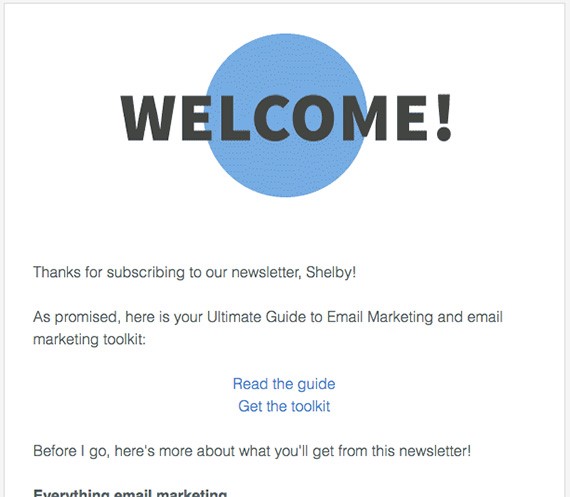
When clients purchase an item or service online, they expect to receive an email confirming their order or a purchase receipt from the vendor. Order confirmation emails indicate that the transaction has been successful and the company is taking the necessary action. This helps customers feel safe about the transaction. Any delays in receiving such emails or if such emails end up in the spam folder can lead to a poor user experience, negatively affect your brand and could potentially impact revenue.
Some things like eBooks, software, product keys and other downloadable items are typically sent as part of this transactional email receipt.
Here are some tips for creating order confirmation or purchase receipt emails:
• Reinforce your brand and promise with good branding and design on your order confirmation or purchase receipt emails.
• Include order/purchase details like item, payment details, delivery address if applicable, etc.
• Ensure email templates are easy to read and optimized for different devices.
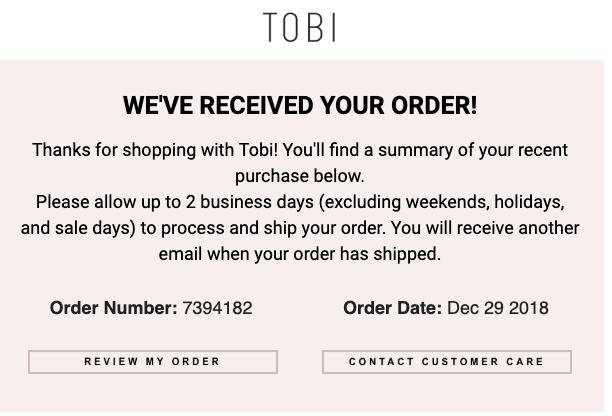
Shipping notification emails let customers know when their purchase has been dispatched. Shipping notification emails often contain tracking information (or a link to track the purchase) to allow customers to know when to expect the delivery. Keeping customers informed about the next steps in a purchase process helps reduce the number of emails and phone inquiries to your support team.
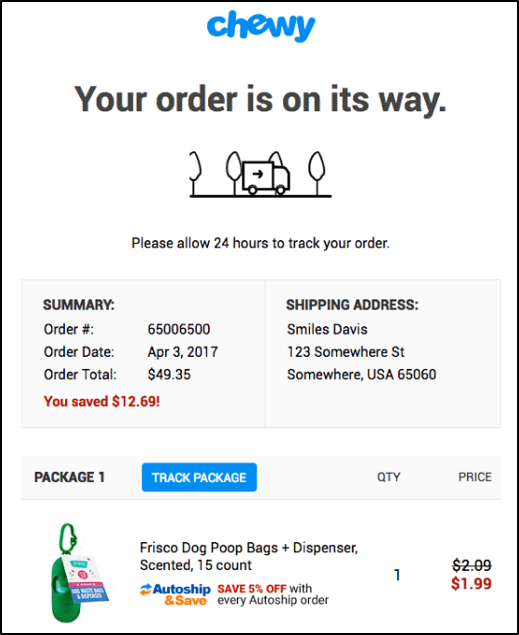
This transactional email ensures the purchased product is delivered to the right person. When a customer receives a delivery confirmation email, but the product isn’t there, they can contact the company and report the problem.
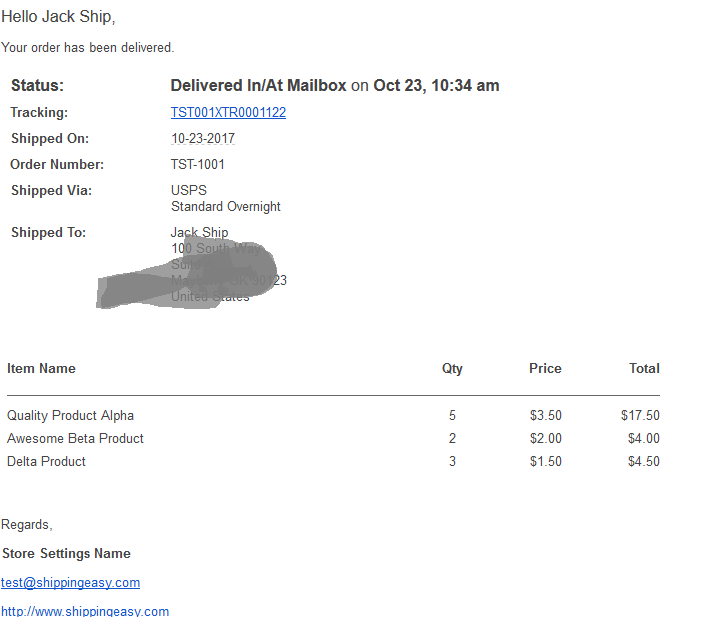
Examples of account-related email alerts are:
• Password change notifications
• Changes to account information, e.g., address, names, etc.
• Failed log-in attempts
• Trial period notification expiration notices
• Alerts on account usage (e.g., storage space limit almost reached).
• Updates to subscriber accounts like social posts, content uploads, downloads, task assignments, etc.
• Addition of new users or updates to existing user permissions.
• Dormant account or reactivation emails. When users haven’t interacted with an application for a long time, or when they’ve signed up for a service but never used their account, you can send them an email to encourage them to log in again or to complete the onboarding process.
Password reset emails allow users to recover forgotten passwords or set new ones to regain access to your platform or application. This type of transactional email is important in any platform that requires a password to access.
Here are some things to consider when creating password reset emails:
• How reliable is my transactional email service provider (i.e., will my password reset emails reach my subscribers?)?
• How can I ensure my password reset emails reach the inbox (think copy, email template, domain / IP reputation, etc.)?
• How can I ensure my password reset process protects my users against cyber attackers?
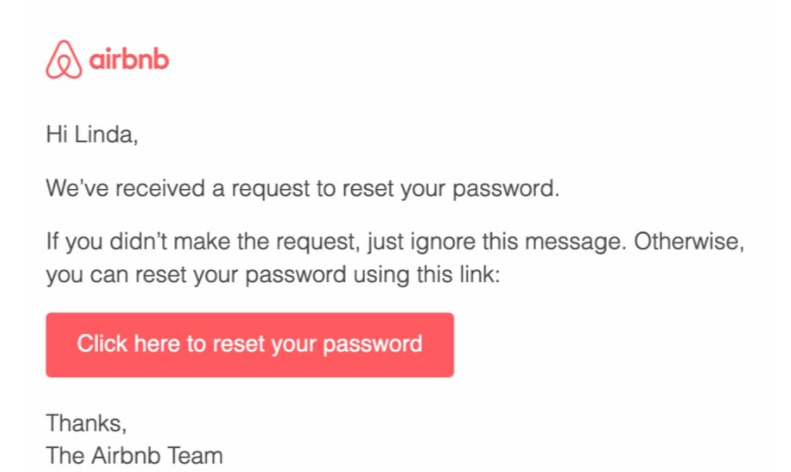
Another similar explicit request that that is typically urgent and comes with an expectation of an immediate response is a verification code used in two-factor authentication. With two-factor authentication, users are required to key in a temporary code in addition to their primary account password in order to gain access to their accounts.
Some common transactional emails that are not explicitly requested by users but aid in keeping the client updated on their accounts include: -
• Automated invoice notices
• Overdue invoices
• Statements
• Failed payment attempts
Such transactional emails play an important role in payment processing. They help to nudge customers to update their billing information to ensure their accounts or services are not deactivated.
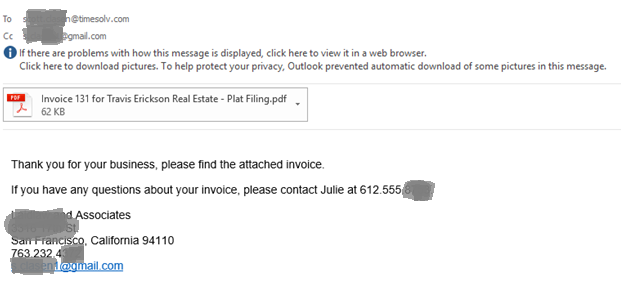
Abandoned cart emails and reactivations are examples of transactional emails triggered by an event. When your customers have filled their carts but haven't checked out or completed their order, you can send them an automated email reminding them of the items they've left behind.
Abandoned cart emails can be sent anywhere from a few hours to a day or two later. They can sometimes include special offers to encourage customers to complete their purchase.
Communication is essential to positive customer experiences. If a customer submits a support ticket but does not get a confirmation that it was received, it can be frustrating. Additionally, if the support team does not receive the request promptly, the response time can be delayed, which would not only frustrate the customer but the support team as well. Support-based transactional emails help both sender and recipient by aiding the communication process and providing status updates to each party.
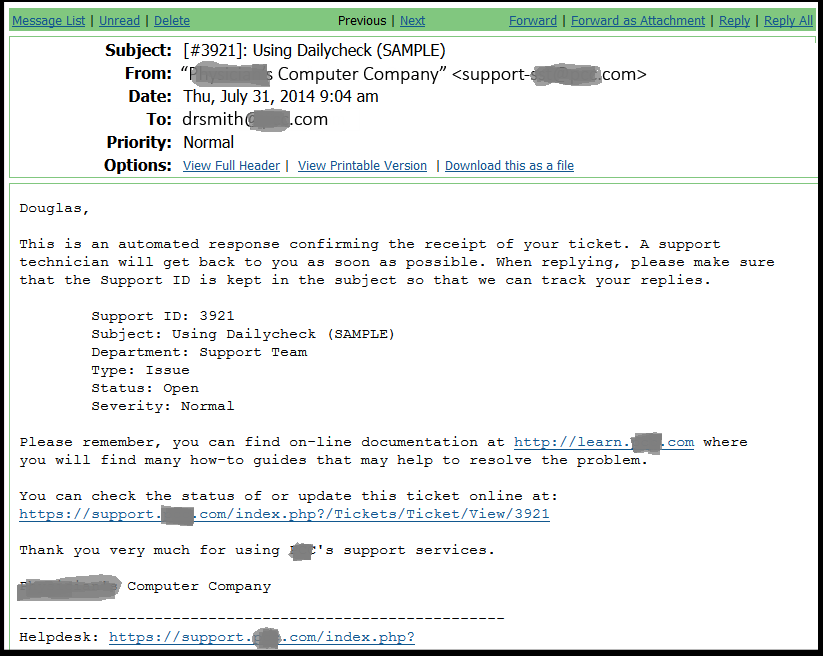
Additionally, receiving feedback from customers can also help keep their experience positive. Feedback requests can also be set up to obtain reviews from customers after they’ve made a purchase or signed up for a service. If poor feedback is received, businesses can contact customers and turn negative experiences into positive ones.
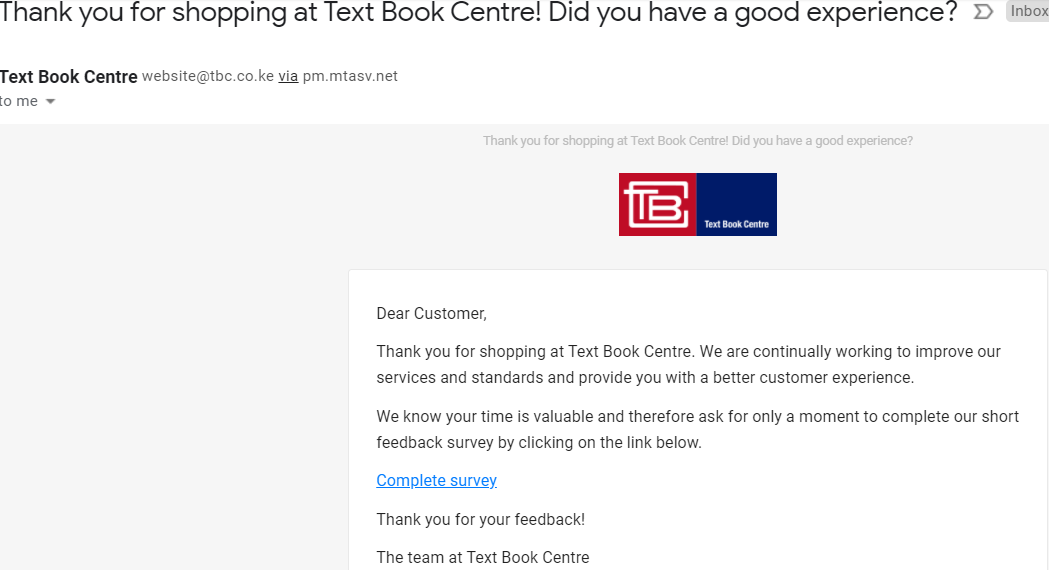
Whether it’s a small team with a mobile application or a large ecommerce company with thousands of products, transactional email is an essential component of any email communication strategy.
Get in touch with MailSafi, a trusted hosted email service provider, to ensure your transactional email consistently reaches your clients/subscribers’ inboxes.
• Increase engagement with clients through behavioral triggers to maintain a good customer experience.
• Lowers workload for support, customer retention and sales teams by automating different processes that may otherwise require direct staff input.
• Builds customer trust and loyalty through personalization and exceptional communication.
• Flexible API and SMTP setup for easy transactional email Integration.
Check out our other services.
© 2025 MailSafi | ALL RIGHTS RESERVED